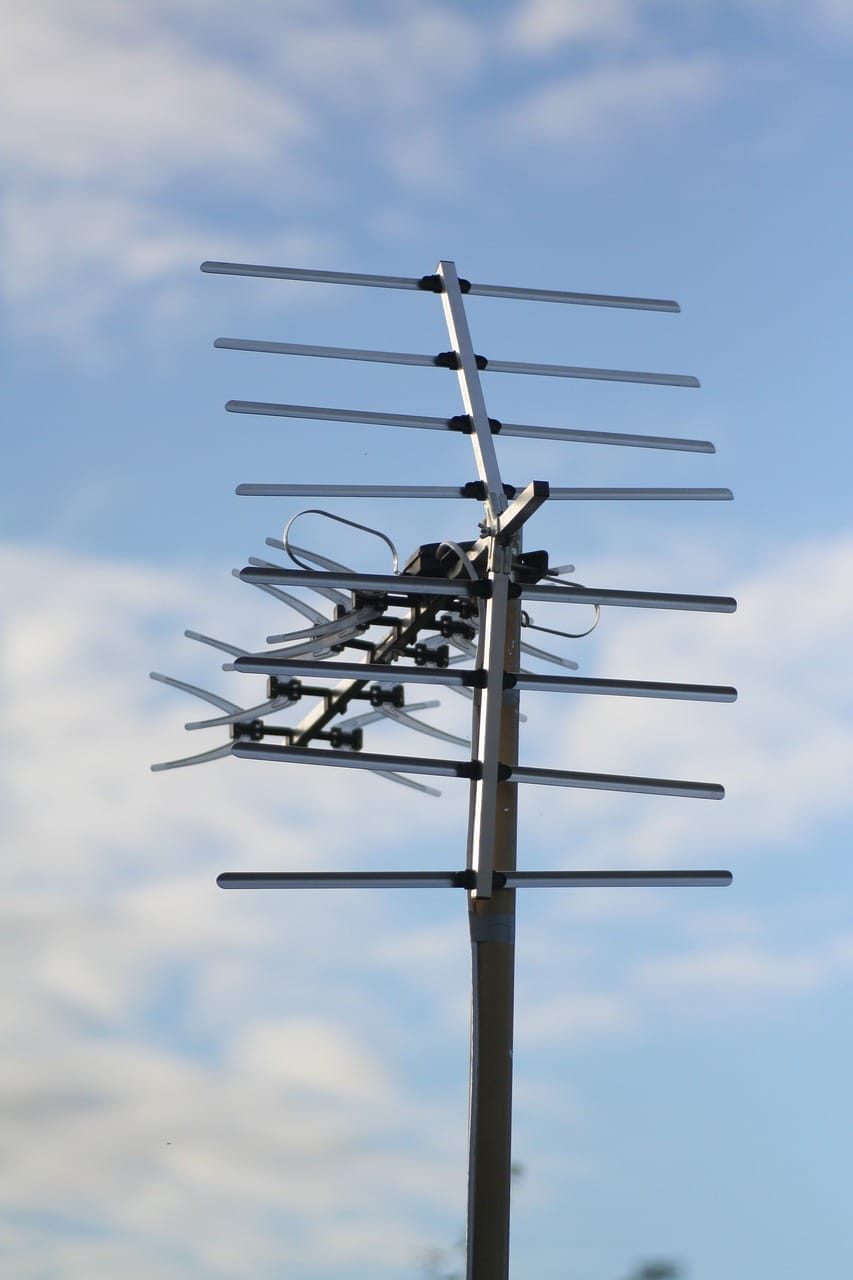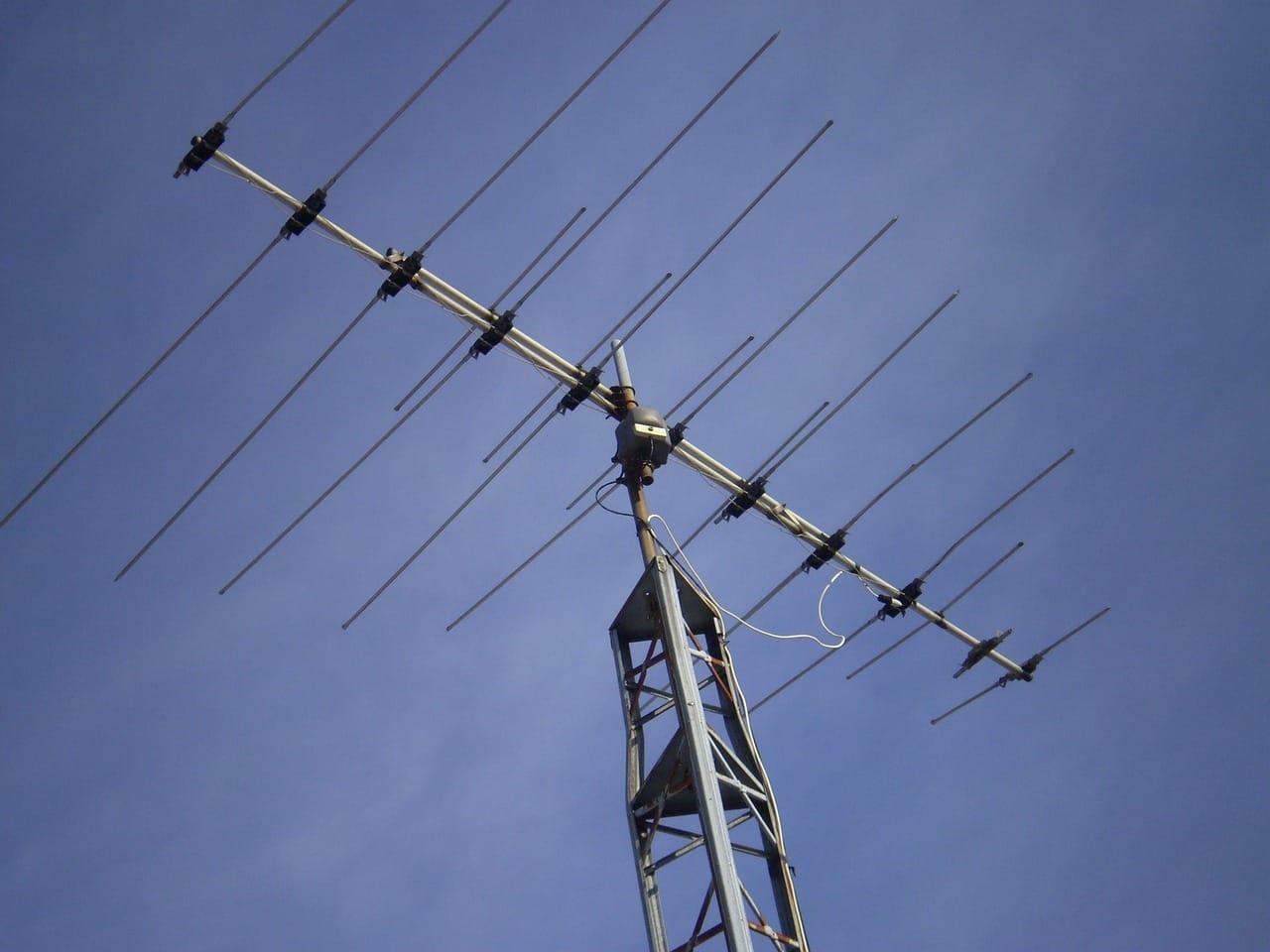Why Proper Aerial Alignment Matters for Your TV Quality. In the era of digital broadcasting and high-definition television, the importance of proper aerial alignment cannot be overstated. A well-aligned TV aerial is essential for receiving the best possible picture and sound quality. Moreover, with the shift from analogue to digital signals, the precise positioning of your aerial has become even more crucial.
This article delves into the reasons why proper aerial alignment matters for your TV quality, offering insights into the technicalities and providing guidelines to ensure your viewing experience remains top-notch.
The Transition to Digital Broadcasting.
The transition from analogue to digital broadcasting marked a significant milestone in the way television content is received and viewed. Digital signals provide a clearer picture and better sound quality, but they also require a more precise alignment of your TV aerial. Unlike analogue signals, which could still produce a watchable picture even with a less than perfect signal, digital TV signals are less forgiving. A poorly aligned aerial can result in pixilation, freezing, or complete loss of picture.
Signal Strength and Quality.
Understanding Signal Strength and Quality.
Signal strength refers to the power level of the signal received by the aerial, while signal quality measures how clear and free of interference the signal is. Both are crucial for good TV reception.
The Impact of Aerial Alignment.
Improper alignment of your aerial can dramatically reduce both signal strength and quality. This is because the aerial needs to be directed towards the broadcasting tower with a high degree of accuracy to capture the best possible signal.
Common Issues with Poor Alignment.
Viewers might experience various issues such as fuzzy images, sound distortions, or intermittent signal loss when the alignment is off. In some cases, certain channels might not be available at all.
The Role of Professional Installation.
While DIY aerial installation might seem cost-effective, the precision needed for optimal alignment often requires professional tools and expertise. A professional aerial installer can use signal metres and local knowledge to set up your aerial correctly, ensuring you get the best possible reception.

Environmental Considerations.
Weather and Physical Obstacles.
Weather conditions, such as high winds, can shift your aerial out of alignment. Similarly, physical obstacles like new buildings or trees can block or reduce the signal strength. Regular checks and adjustments can mitigate these issues.
Geographic Location.
Your geographic location plays a significant role in how your aerial should be aligned. Those living farther from the broadcast tower or in hilly areas might need their aerials positioned differently compared to someone living in a flat, urban area. A professional installer takes these factors into account.
Advanced Aerials and Signal Boosters.
For areas with particularly poor reception or for those seeking the highest possible quality, upgrading to a more advanced aerial or adding a signal booster can be beneficial. These tools can amplify the signal quality and strength, though they should be configured properly to avoid signal overload.
Regular Maintenance and Troubleshooting.
The Importance of Routine Checks.
Just as with any aspect of home maintenance, regular checks and adjustments to your aerial alignment can prevent issues before they impact your viewing experience. This includes checking for physical damage after severe weather or ensuring the cabling has not become loose or worn.
DIY Troubleshooting vs. Professional Help.
While there are some basic troubleshooting steps homeowners can take, such as checking connections and ensuring the aerial hasn’t obviously shifted, many issues require professional intervention—especially those related to alignment.
Conclusion.
Proper aerial alignment plays a pivotal role in ensuring you receive the best possible TV quality. From the transition to digital broadcasting to the intricacies of signal strength and quality, several technical factors underscore the need for precise alignment. While DIY solutions might offer a temporary fix, professional installation and regular maintenance are key to a lasting, high-quality viewing experience. By understanding the importance of this aspect of TV setup and seeking professional advice when necessary, viewers can enhance their overall television experience, making every show, movie, or news broadcast as clear and enjoyable as possible.
Hope you’ve found our article, Why Proper Aerial Alignment Matters for Your TV Quality useful.
Thank you for taking the time to read my post. If you’d like to add a comment or thought on this post, please use the comments section below. I can also be contacted via the online contact form. Keep up to date with the latest news on social media.

